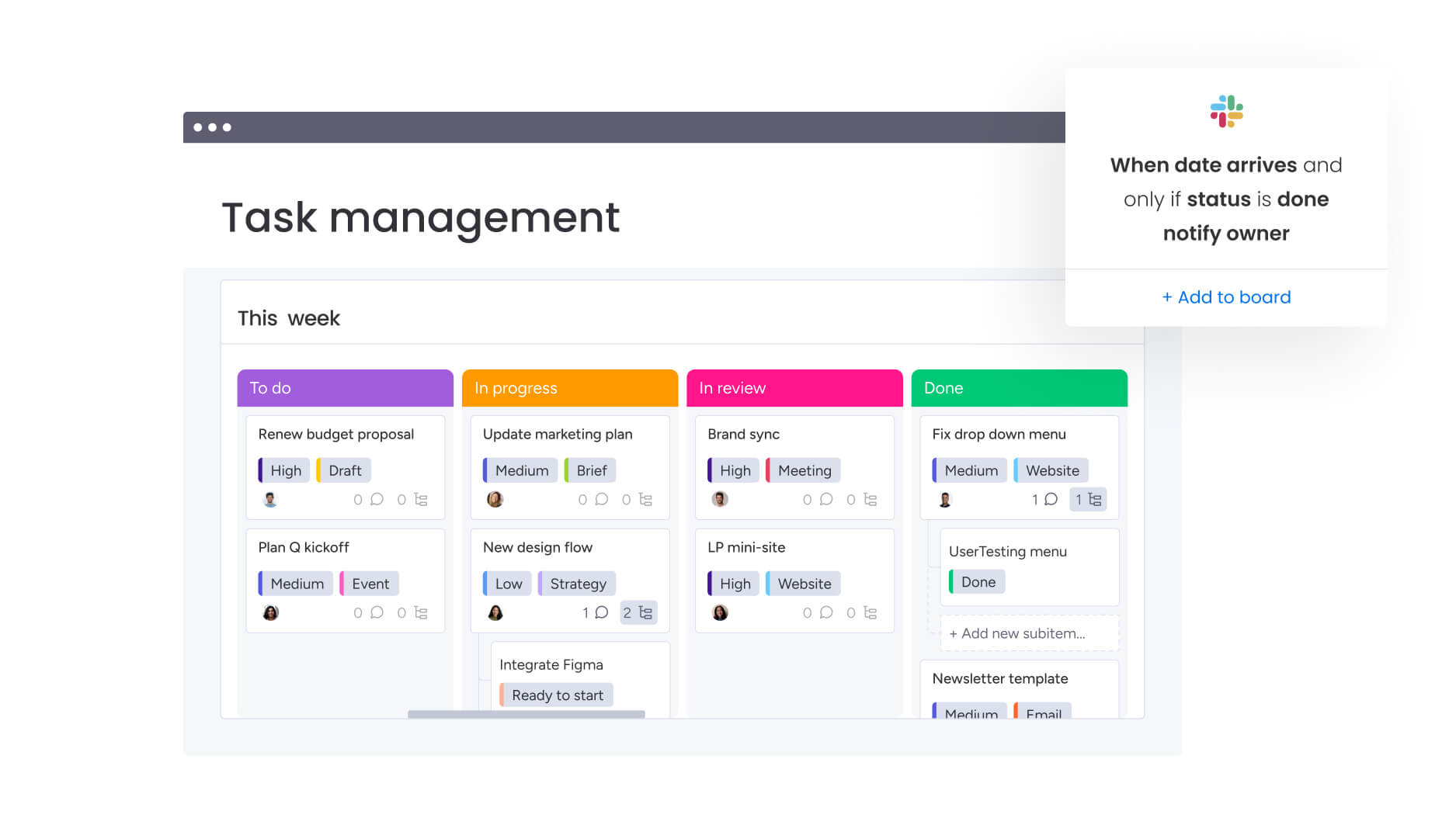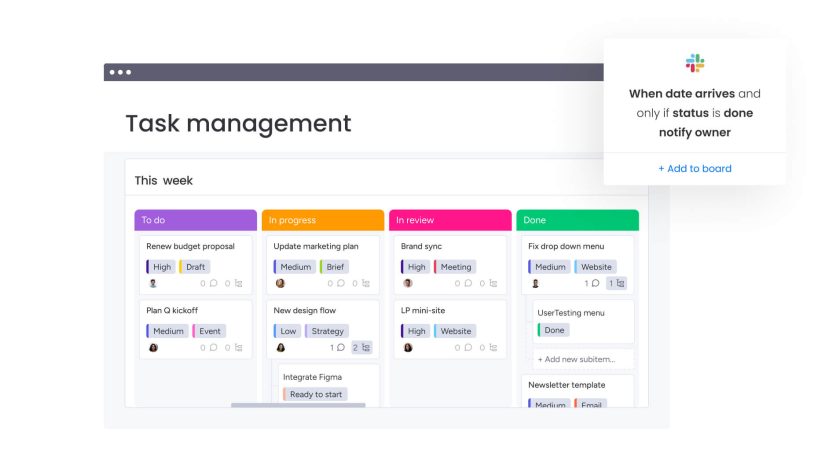
### Busy vs. Productive: Why Effective Planning is Key to Achieving Success
In today’s rapidly moving environment, it’s not unusual to hear individuals boast about how “busy” they’ve been. However, here’s the harsh reality: **being busy does not equate to being productive**. You might allocate an entire day to being inundated with emails and hopping from one task to the next, only to find minimal accomplishments by day’s end. Conversely, a coworker who maintains a calm and focused demeanor seems to accomplish twice as much in half the time. What’s their secret? **Smart planning and implementation.**
Let’s delve into the significant difference between a busy day and a productive one, and uncover strategies to consistently set yourself up for success by reevaluating how you plan and organize your day.
—
### The Fundamental Distinction: Busy vs. Productive
Essentially, being busy typically signifies filling your time with various tasks, many of which may be urgent yet lack substantial significance. Conversely, being productive involves concentrating on tasks that **create impact**—those that align with your overarching goals and yield concrete results.
When you’re busy, your concentration often dissipates. You may compulsively check emails, bounce between incomplete tasks, and attend numerous meetings. However, in a productive mode, every action you take aligns with a broader strategy, and every task completed brings you closer to achieving important goals.
The solution to bridging the divide between being busy and productive lies in **thoughtful planning**. Fortunately, it doesn’t need to consume hours. Dedicating just 10–15 minutes at the beginning of your day to outline your priorities can significantly enhance your outcomes.
—
### **Transform Your Day into a Productive One: A 7-Step Blueprint**
Here’s a practical guide designed to assist you in making intentional, effective decisions throughout your day while leaving disarray behind.
—
#### **1. Write Down Your Tasks**
The straightforward act of recording your tasks can revolutionize how you navigate your day. This declutters your mind, allowing you to focus on what genuinely matters.
Famed productivity expert David Allen refers to this strategy as the “brain dump.” He suggests listing every task at hand—whether major or minor, professional or personal. By documenting everything, you prevent these tasks from cluttering your mind, reducing stress and enabling you to operate with greater clarity.
Action Tip: Utilize a physical notebook, a mobile app, or a digital task management tool to compile your daily task list.
—
#### **2. Determine Your Priorities**
After documenting your tasks, it’s time to differentiate between what is urgent and what is truly important. Not every item on your list warrants immediate focus.
**Pro Tip:** Implement the Eisenhower Matrix to categorize your tasks:
– **Urgent and Important:** Address these immediately or delegate if feasible.
– **Not Urgent but Important:** Allocate time to work on these. They often relate to long-term development.
– **Urgent but Not Important:** Hand these over to someone else who can handle them.
– **Neither Urgent nor Important:** Remove these distractions entirely.
By concentrating on just 1–3 high-priority tasks each day, you’ll find it more manageable to handle your workload without feeling inundated.
—
#### **3. Confront the Most Challenging Tasks First**
Mark Twain famously advised, “Eat a live frog first thing in the morning, and nothing worse will happen to you for the rest of the day.” In this context, the “frog” represents the task you dread yet recognize as the most essential.
Beginning your day with your most challenging task yields two key advantages:
1. You commence with a sense of accomplishment—creating momentum for the day ahead.
2. Once the most daunting task is completed, you’ll feel less anxious and more focused on subsequent activities.
Action Tip: Identify your “frog” the previous night so you can address it first thing in the morning.
—
#### **4. Facilitate Quick and Efficient Communication**
Ineffective communication is frequently a hindrance to productivity. Endless email exchanges or poorly organized meetings can disrupt your focus.
**Optimize your communication:**
– Conduct brief, focused conversations when collaboration is necessary.
– Utilize real-time messaging apps or quick video calls for prompt feedback.
– Avoid extended email threads by clearly addressing all points in a single message.
By ensuring that communication is intentional, you’ll save time and enhance your team’s overall efficiency.
—
#### **5. Implement Automation and Delegation**
Technology can serve as one of your greatest assets in minimizing repetitive tasks and streamlining processes. From organizing meetings to monitoring project deadlines, automation tools can handle routine responsibilities, freeing you to concentrate on more impactful activities.
**Practical Automation Suggestions:**
– Use tools like Calendly or Doodle for scheduling meetings automatically.
– Set up email filters to categorize messages and prioritize your responses.
– Take advantage of applications like Todoist, monday.com, or
